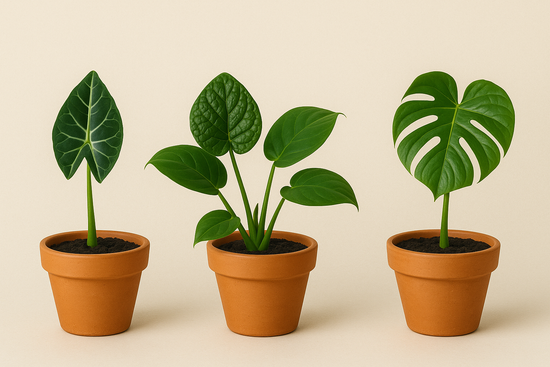Further care tips for beautiful Philodendrons
Letting Philodendron climb
Many Philodendron species are natural climbers and develop their largest and most beautiful leaves when allowed to grow upwards. A trellis, such as a moss or coconut cane, provides your tree friend with the support it needs. This not only promotes healthy growth but also makes the plant look particularly decorative.
Repotting Philodendron
To keep your Philodendron healthy and continue to grow vigorously, you should repot it every one to two years. When the roots outgrow the pot or the substrate becomes significantly decomposed, it's time for a larger pot and fresh soil. This gives the plant more space, allows it to develop better, and provides it with new nutrients. It's best to use special Philodendron soil or a loose, well-draining potting soil for potting plants – this ensures optimal conditions and strong roots.
Philodendrons like humidity
Adequate humidity is essential for your Philodendron. This tree-loving plant thrives at humidity levels above 50%, but can also cope with slightly drier air. Regular misting with water or placing it in a greenhouse display case can help – this facilitates the development of new leaves and keeps the plant healthy.
Avoid Philodendron care mistakes
Although philodendrons are considered robust houseplants, care mistakes can lead to yellow or brown leaves, pest infestation, or disease. Therefore, pay attention to warning signs and take corrective measures early.
If your Philodendron's leaves are yellow, it's often a sign of overwatering or an unsuitable location. In this case, check the soil for waterlogging and adjust your watering accordingly. If the leaves remain yellow, it could also be due to a nutrient deficiency – regular fertilization with a special foliage fertilizer can help. Brown leaves, on the other hand, often indicate too little water or excessively high temperatures. Here, too, you should check the soil and ensure your Philodendron is watered evenly.
If spots, discoloration, or leaf deformations also appear, disease or pest pressure may be the cause. Philodendrons can be attacked by pests such as spider mites, scale insects, and whiteflies. Remove affected parts of the plant and, if in doubt, apply a suitable pesticide. Regular inspection and care helps to detect and combat pests early.
Overwintering Philodendron: proper care in winter
To ensure your Philodendron survives the winter well, it needs some special care during the cold season. While the plant doesn't go dormant, it is sensitive to cold, lack of light, and dry air from heating. To overwinter your Philodendron, place it in a bright, draft-free location, water less, and ensure waterlogging doesn't occur. Occasional misting helps increase humidity and promote leaf growth. This will keep your tree friend vibrant and healthy even in winter.
FAQ on Philodendron care
Is a Philodendron easy to care for?
Yes, philodendrons are considered very easy to care for and are therefore perfect for beginners. With a few simple philodendron care tips, such as regular watering, the right location, occasional fertilization, and sufficient humidity, your philodendron will stay healthy and grow vigorously.
How can I propagate my Philodendron?
Propagating a philodendron is easy: Cut a healthy shoot with at least two leaves and place it in a moist mixture of peat and sand. Maintain a temperature of around 23 degrees Celsius and ensure the soil remains slightly moist at all times. After two to three weeks, the first roots should have formed, and the cutting can be planted in its own pot.
Why does my Philodendron have yellow leaves?
Yellow leaves on a Philodendron are often caused by too much water or an incorrect location. Check the soil for waterlogging and adjust watering if necessary. Lack of light or nutrient deficiencies could also be the cause of yellowing.
Where does a Philodendron need to be located?
A philodendron needs bright, indirect light to grow well. It doesn't tolerate direct sunlight well, as it can burn its leaves. A philodendron thrives in a partially shaded location with plenty of daylight but away from direct midday sun. It can also cope with less light, but growth will be slower.
Which soil for Philodendron?
A philodendron needs loose, permeable soil that retains water well, but isn't too prone to waterlogging. Special soil for green plants or philodendrons is ideal.
Buy Philodendron (love tree)
-
B Ware / Sad Plant (We Choose)
 B Ware / Sad Plant (We Choose)
B Ware / Sad Plant (We Choose)- Regular price
-
€10,00 - Regular price
-
€10,01 - Sale price
-
€10,00
-
Philodendron Sodiroi
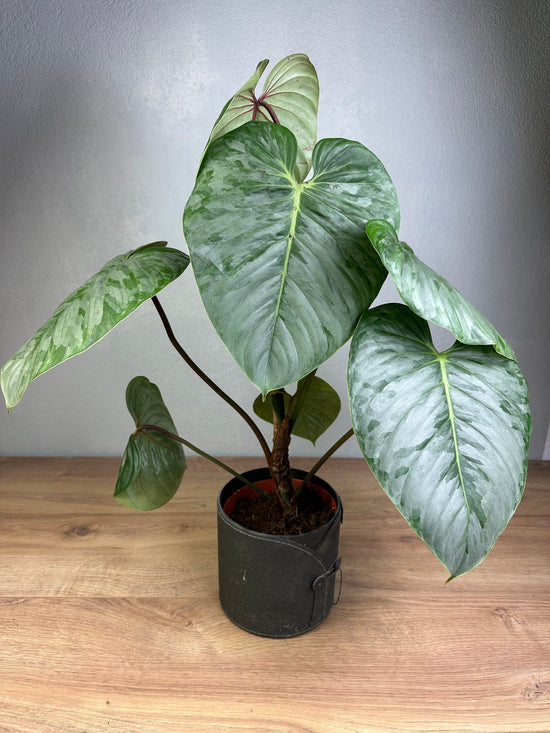 Philodendron Sodiroi
Philodendron Sodiroi- Regular price
-
€6,99 €59,00 - Regular price
-
- Sale price
-
€6,99 €59,00
-
Philodendron Caramel Marble Large
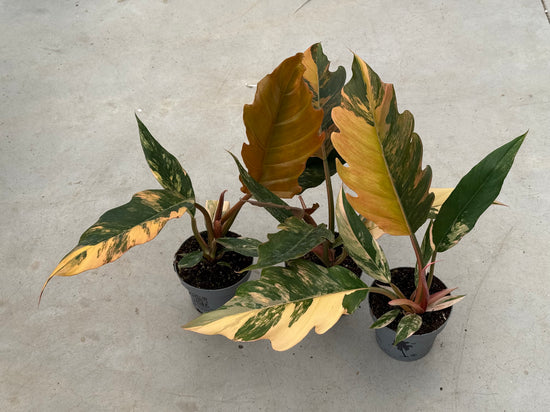 Philodendron Caramel Marble Large
Philodendron Caramel Marble Large- Regular price
-
€49,00 - Regular price
-
€89,00 - Sale price
-
€49,00
-
Philodendron Majestic
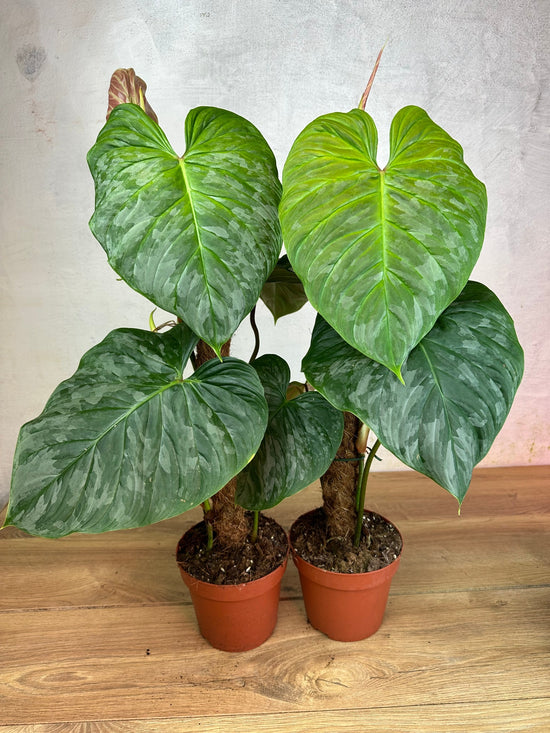 Philodendron Majestic
Philodendron Majestic- Regular price
-
€7,99 €14,99 - Regular price
-
- Sale price
-
€7,99 €14,99
-
B Ware Plants / sad plants Part 3
 B Ware Plants / sad plants Part 3
B Ware Plants / sad plants Part 3- Regular price
-
€39,00 - Regular price
-
- Sale price
-
€39,00
-
Philodendron El Choco Red
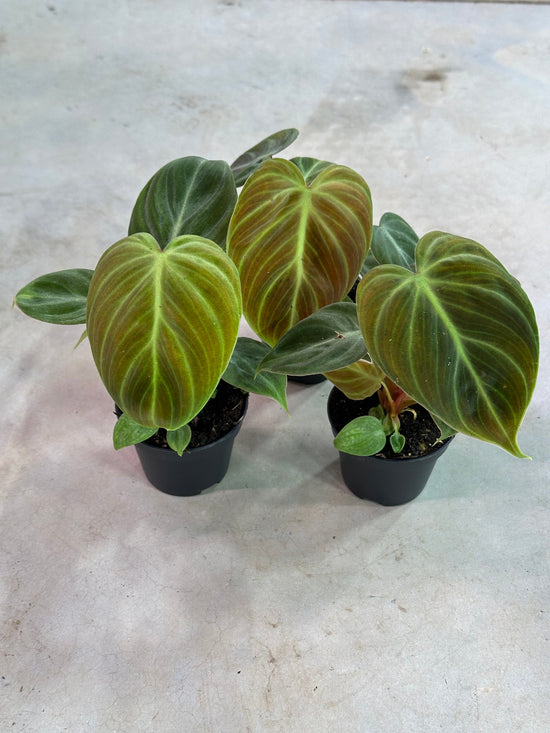 Philodendron El Choco Red
Philodendron El Choco Red- Regular price
-
€6,99 €14,99 - Regular price
-
€11,99 - Sale price
-
€6,99 €14,99
-
Philodendron Caramel Marble Variegata (with free Pot)
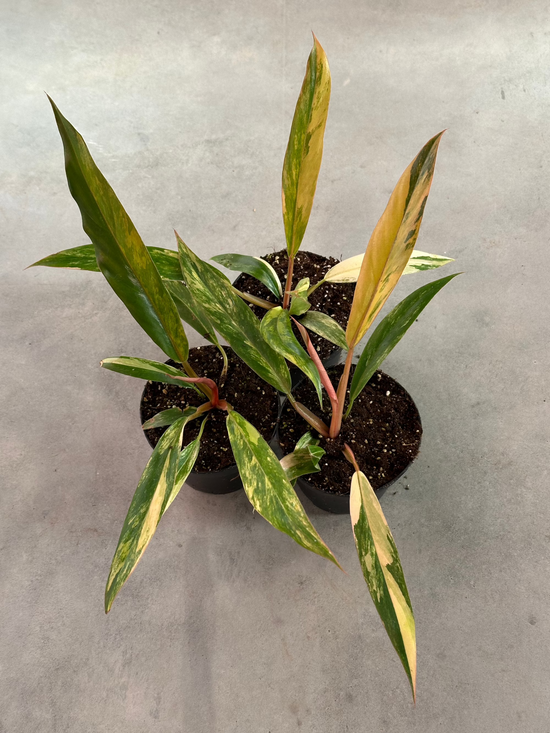 Philodendron Caramel Marble Variegata (with free Pot)
Philodendron Caramel Marble Variegata (with free Pot)- Regular price
-
€29,00 - Regular price
-
€49,00 - Sale price
-
€29,00




